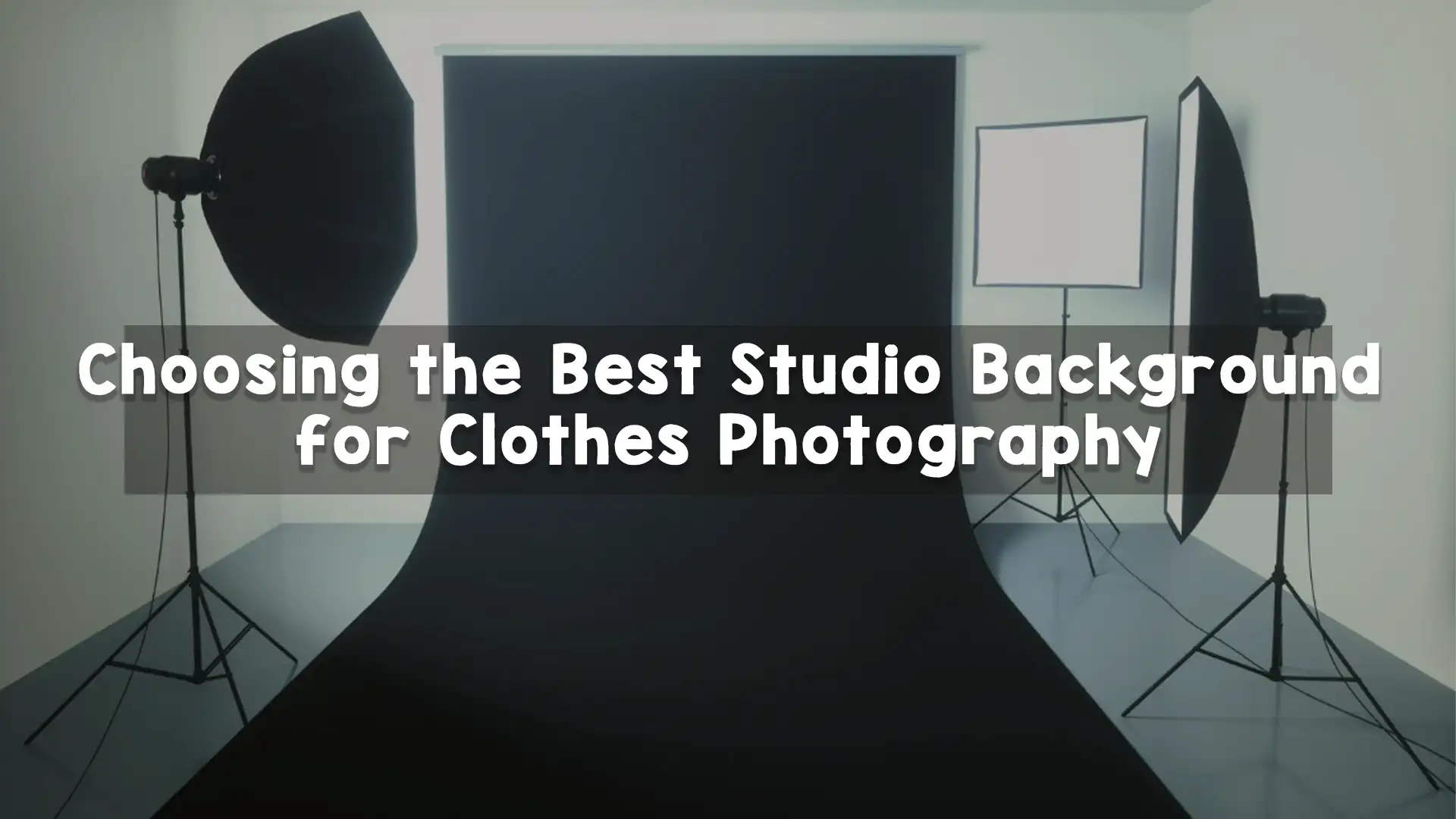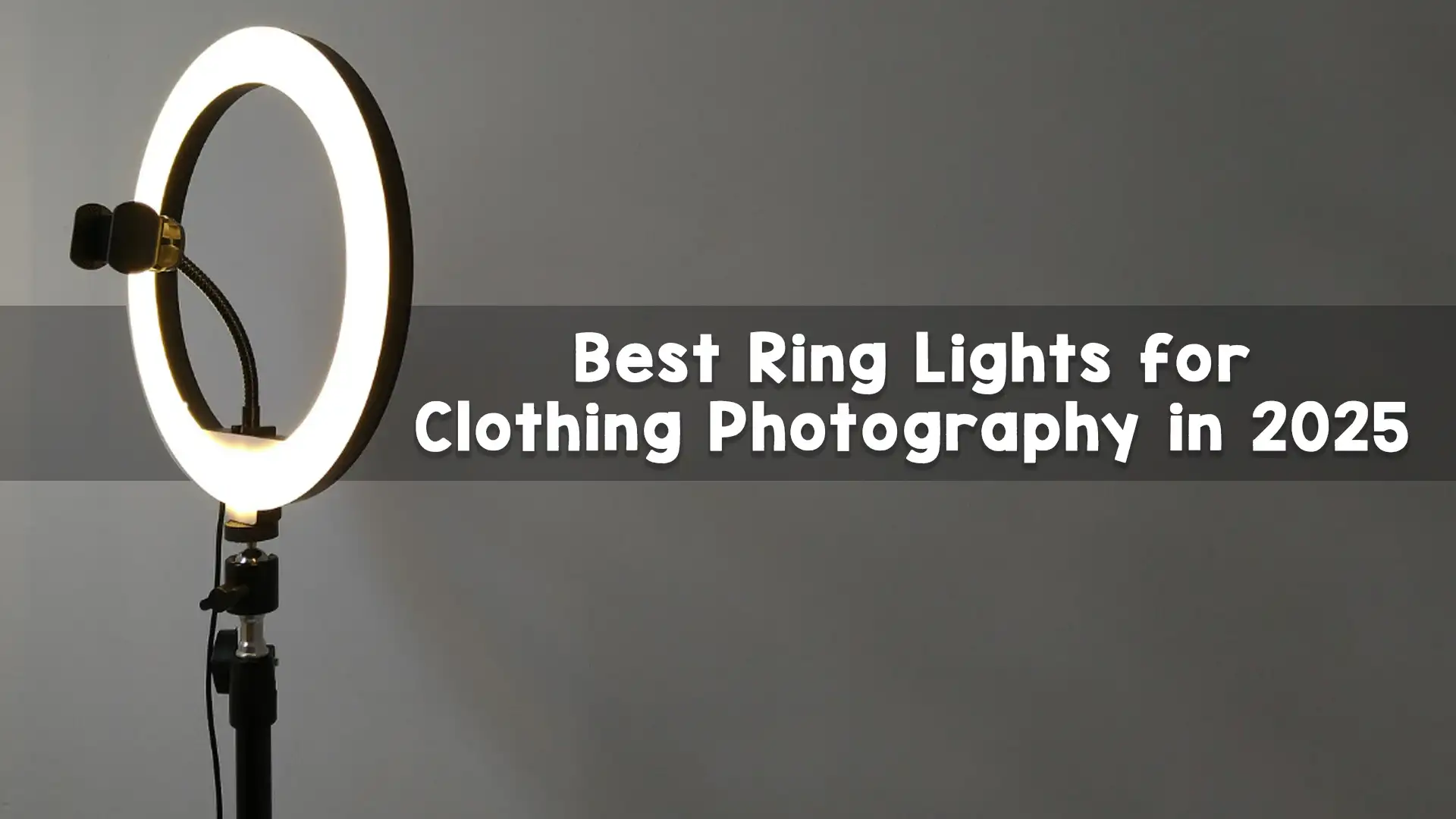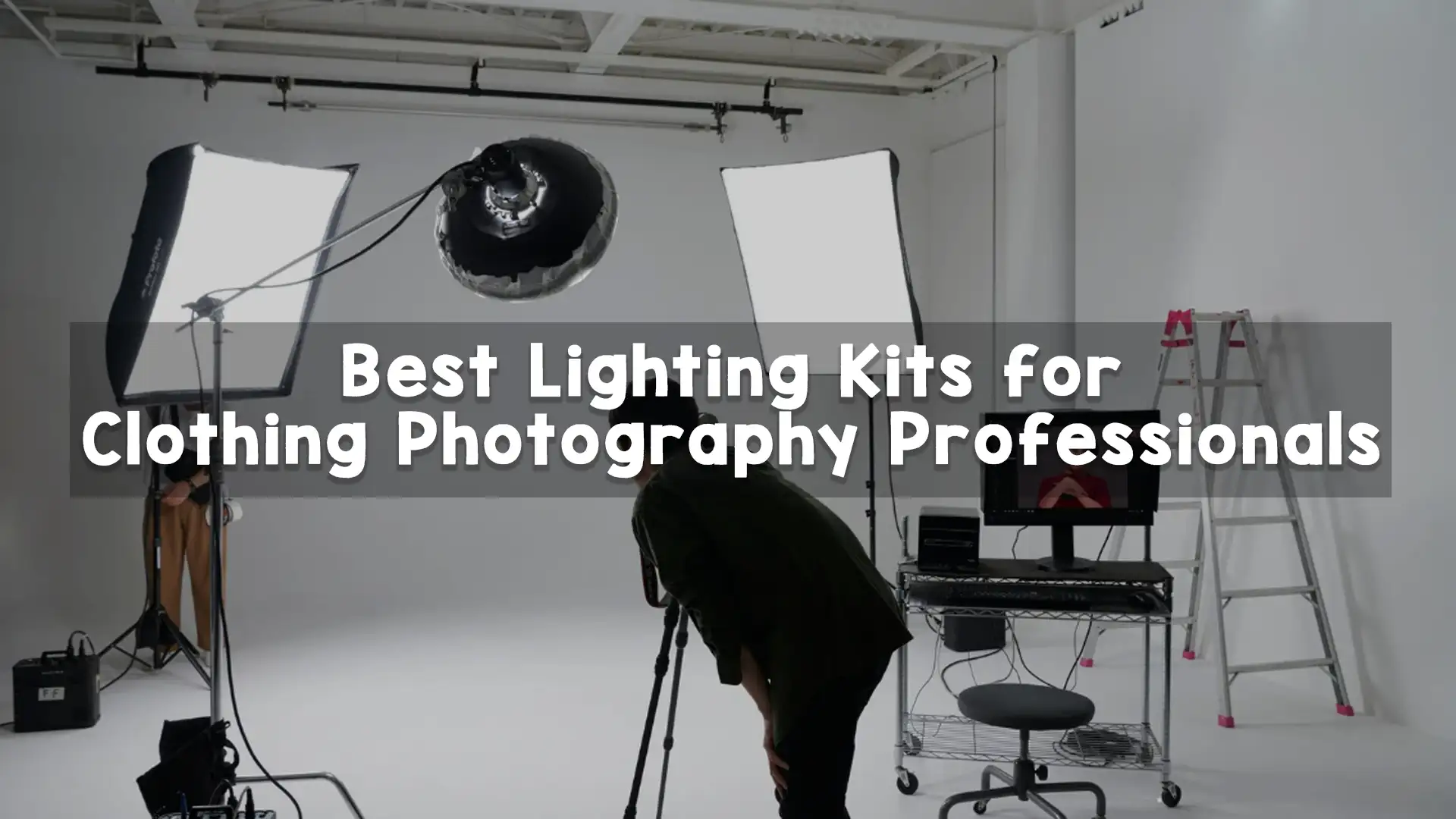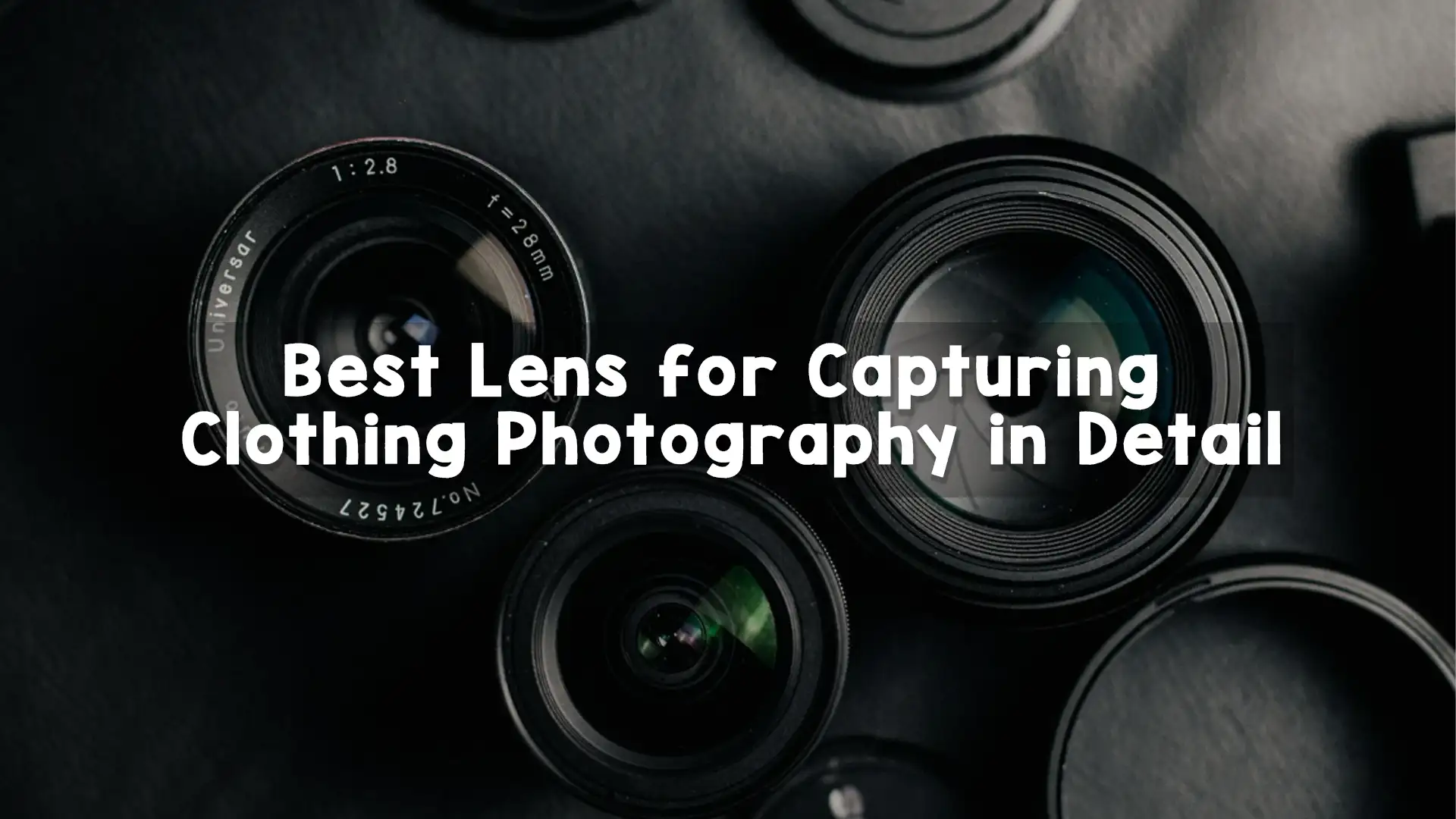Choosing the right clothes for photography can make a huge difference in how your images turn out. Whether you are a photographer or a subject, the outfits you wear should match the style and mood of the shoot. Some clothes highlight colors and textures. Others help people blend into their environment. In this article, we will explore what clothes work best for different photography styles. We’ll go through portraits, weddings, fashion, lifestyle, studio, outdoor, street, maternity, and family shoots to help you understand how to choose the perfect outfit. This guide is designed to be easy to read, but deeply informative.
Portrait Photography: Keeping It Clean and Timeless
Portrait photography focuses on a person’s face and expressions. In this style, simple and timeless clothes for photography work best. Solid colors are ideal because they don’t distract from the person. Busy patterns or loud prints can take attention away from the subject’s face. Soft fabrics like cotton or wool often look more natural on camera. Neutral tones such as gray, beige, white, navy, and black tend to photograph well, especially in studio settings.
For individual portraits, it’s important that the clothes fit well. Baggy or oversized clothing can add bulk, while tight clothes may highlight areas you don’t want to show. The best choice is clothing that feels comfortable and fits the body properly. A well-fitted top with long sleeves can help frame the face beautifully. Avoid clothes with logos or brand names, as these can look distracting and date the photograph over time.
Wedding Photography: Elegant, Coordinated, and Meaningful
Wedding photography captures emotion, celebration, and personal moments. In this style, clothes for photography are usually pre-decided since they include bridal gowns, tuxedos, and traditional cultural outfits. These clothes often reflect love stories and traditions, which is why they are so powerful in photos.
However, even among the wedding party and guests, it’s essential to consider how colors and textures will appear on camera. Pastel shades, earth tones, and metallic fabrics can look magical under both natural and artificial lighting. Lace, silk, and chiffon textures add elegance and softness to the photographs. Grooms and groomsmen usually look best in classic suits or traditional attire that matches the wedding theme.
For pre-wedding or engagement shoots, couples often go for stylish yet relaxed clothes for photography. Coordinating colors between the couple’s outfits helps create harmony in photos. For example, if one person wears blue denim and a white shirt, the other might choose a similar palette with a touch of color like blush pink or soft gray.
Fashion Photography: Bold, Unique, and Trendy
Fashion photography gives a lot of freedom to be creative. Clothes for photography in this style are chosen to stand out. High-fashion shoots can include designer outfits, experimental shapes, and dramatic accessories. The key is to match the clothes to the story or concept of the shoot.
Textures play a big role in fashion photography. Leather, velvet, feathers, or metallic fabrics can create striking visuals. Bold prints and strong color contrasts are often encouraged. Lighting is also important. In studio setups, shiny or textured fabrics can catch the light beautifully. Outdoors, wind can bring motion to flowing dresses or oversized coats.
Fashion photography often breaks the rules. Mismatched items, layered pieces, or even unconventional outfits can work if they fit the creative vision. But even in fashion, the right fit and confidence are crucial. A model should feel powerful in their outfit. If they feel awkward, it will show in the final image.
Lifestyle Photography: Natural and Relatable
Lifestyle photography captures real-life moments, often in casual or home settings. Clothes for photography in this style should look relaxed and authentic. Outfits should reflect everyday life but still be chosen with care. Soft fabrics, muted tones, and layers work very well in lifestyle shoots. Clothes that flow or move with the body add a sense of comfort and realism.
Denim, cozy sweaters, plain t-shirts, or simple dresses are great choices. The goal is to make the viewer feel connected to the moment. It’s best to avoid flashy colors or large brand logos, as these can pull attention away from the emotions being captured.
Matching family outfits or complementary color palettes also work great for lifestyle photos. For example, a family wearing shades of blue, cream, and gray will appear visually unified without looking overly styled.
Studio Photography: Control Over Lighting and Style
In studio photography, the photographer controls all lighting. This means the clothes for photography can be carefully planned for specific lighting setups. Strong colors like red or royal blue can pop against a neutral background. Light-colored clothes look clean and fresh when photographed under softbox lighting.
For high-key studio photography, where everything is bright and glowing, white or pastel clothes work best. For low-key photography with dark backgrounds and moody lighting, darker clothes with texture and depth—like velvet or leather—look fantastic.
Studio sessions are also great for themed photoshoots, such as seasonal or editorial shoots. In these cases, clothing can be styled to fit the theme, whether that’s retro fashion, futuristic outfits, or seasonal holiday wear.
Outdoor Photography: Dress for the Environment
Outdoor photography includes landscapes, nature, urban areas, and more. Clothes for photography in these settings should not only look good but also be practical. Weather plays a major role. In sunny settings, lighter clothes prevent overheating and reduce sweat stains. In colder areas, layering is key. Scarves, jackets, and hats not only keep people warm but also add texture and interest to the photo.
In forests or green fields, earthy tones such as olive, brown, and rust blend well with the environment. In desert or beach locations, lighter shades like white, tan, and pale blue help reflect sunlight and keep the subject comfortable.
Footwear is often forgotten in outdoor shoots but it’s part of the outfit. Stylish boots or clean sneakers can complete the look while being functional for walking around.
Street Photography: Everyday Fashion with Personality
Street photography captures spontaneous moments and real-world fashion. Clothes for photography in this style are usually what the person is already wearing, which makes them feel authentic and raw. That said, if you are planning a street-style shoot, choosing outfits that reflect personality is key.
Urban settings are often busy, with lots of colors and textures in the background. Neutral or solid-colored clothing helps the subject stand out. Accessories like sunglasses, hats, or bags can add flair without overwhelming the outfit. Clothes should feel modern and relatable. They may include leather jackets, graphic tees, simple jeans, or sneakers.
Good posture and confident body language go hand-in-hand with stylish clothing. Even a simple outfit can shine if the person wears it with confidence.
Maternity Photography: Soft, Elegant, and Comfortable
Maternity photography highlights the beauty of pregnancy. Clothes for photography during maternity shoots should be elegant but also comfortable. Many women prefer dresses that flow and highlight the baby bump. Fabrics like lace, chiffon, and jersey knit are popular because they stretch and drape well.
Soft colors like blush, cream, or pale blue create a gentle and peaceful mood. Some maternity shoots include fitted dresses that hug the bump, while others use flowing gowns that catch the wind and create movement. The choice depends on the tone of the shoot—whether it’s intimate and soft or bold and proud.
Comfort is essential. The expecting mother should feel good in what she wears. If she feels uncomfortable or tight in the dress, it will affect her expression and posture in the photos.
Family Photography: Coordinated but Not Matching
Family photography brings many people together in one photo. Clothes for photography in this style should look harmonious without being identical. Matching clothes can sometimes look too forced or unnatural. Instead, it’s better to go for a shared color palette. For example, the family can wear various shades of blue, green, and white.
Clothing should reflect the season and setting. For a spring shoot in a park, soft pastels and floral prints are lovely. For a fall session, deeper shades like burgundy, forest green, and mustard yellow fit the environment beautifully.
It’s also helpful to avoid clothing that creases easily or shows sweat stains, especially for active kids. Cotton, linen blends, and layered outfits often work best. Letting each person add a personal touch, like a scarf or special accessory, helps the image feel genuine and warm.
Final Tips for Choosing Clothes for Photography
Always plan ahead and try the outfits before the shoot. Check how the clothes fit and move. If possible, take a few test shots in similar lighting to see how the clothes appear on camera. Remember, comfort plays a big role. Whether it’s a professional model or a shy toddler, feeling good in their clothes will always result in better photos.
Also, consider the location and theme of the shoot. Are you going for something formal, fun, romantic, or creative? The right clothes for photography will support the story you are telling. When in doubt, keep it simple and timeless. Classic styles never go out of fashion.
Enhance Your Photos with Post-Production: Image Work India
Once your photos are taken with the right outfits and perfect lighting, the final touch comes in post-production. At Image Work India, we specialize in professional image editing services that make your photographs stand out. Whether it’s skin retouching, background editing, color correction, or detailed photo manipulation, our expert team ensures your images look polished and high-quality.
We work with photographers, studios, eCommerce brands, and creative agencies across the globe. Our services help you achieve consistency in your visual content and save valuable time so you can focus more on shooting and growing your business. When you want every image to reflect your vision, Image Work India is here to help.
Conclusion
The right clothes for photography depend on the style, mood, and setting of the shoot. From portrait to fashion, street to maternity, every type of photography benefits from thoughtful clothing choices. Clothes help tell the story, create balance in the image, and make the subject feel confident. By understanding the unique needs of each photography style, you can plan outfits that support your creative goals.
And when it’s time to give your photos that final professional finish, trust Image Work India to deliver expert post-production services that bring your visuals to life.




